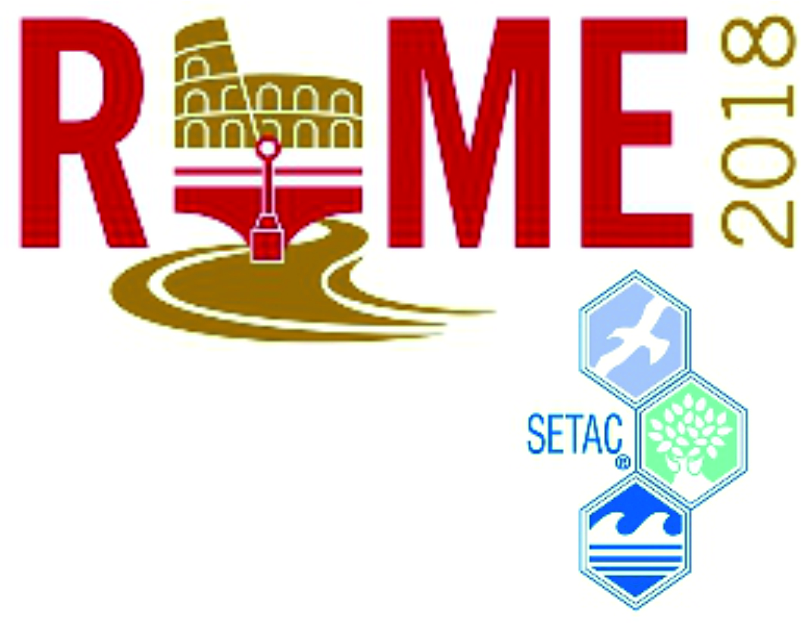SETAC Europe 28th Annual Meeting “Responible and Innovative Research for Environmental Quality”
13 - 17 May 2017, Rome, Italy
This page is still under progress and presentations are completed day by day. So if an abstract, poster or platform presentation is not available today, please feel free to look again tomorrow or contact us ...
Herrchen et al 2018: Matrix to predict possible environmental risk of nanomaterials during use phase
Hommen et al 2018: How to consider recovery of aquatic plants in risk assessments?
Knopf et al 2018: Determination of background levels of free cyanides in surface waters
Purchase et al 2018: Global approaches to environmetal exposure-assessment of e-wastes
Teigeler et al 2018: Pulsed exposure of fish at sensitive life stages: The 'worst case' challenge.
 Fraunhofer-Institut für Molekularbiologie und Angewandte Oekologie IME
Fraunhofer-Institut für Molekularbiologie und Angewandte Oekologie IME